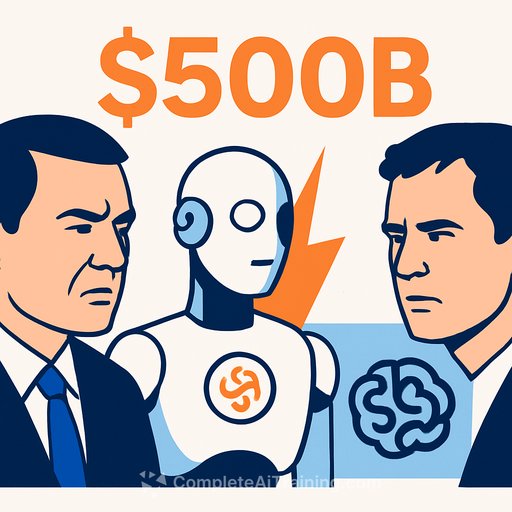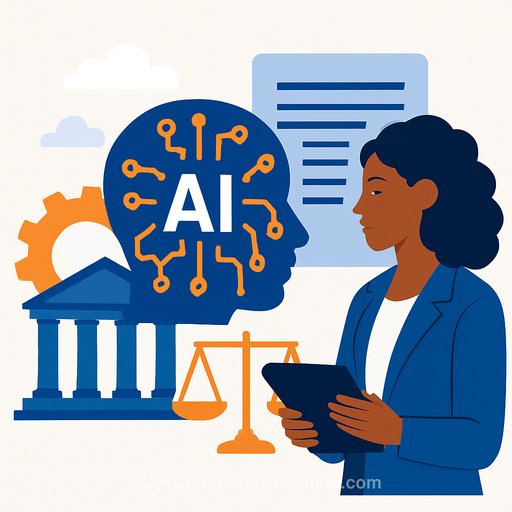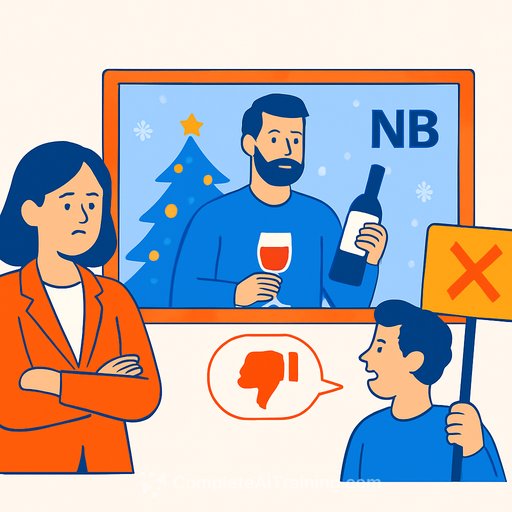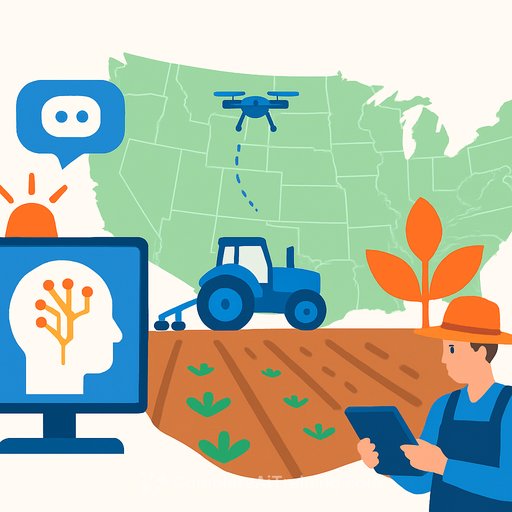Anthropic vs. OpenAI: What Government Leaders Should Watch Now
Anthropic is scaling fast to compete with OpenAI, which sits at a $500 billion valuation with deep support from Microsoft and Nvidia. At the same time, Anthropic is clashing with federal leadership over AI policy. David Sacks, the administration's AI and crypto czar, has accused the company of "regulatory capture" and "fear-mongering" after Anthropic's Jack Clark warned about long-term system risks.
This isn't just a Silicon Valley feud. It shapes procurement, regulatory posture, and how agencies deploy AI in mission settings. Here's what matters for government decision-makers.
The policy rift: speed vs. safety
OpenAI is closely aligned with federal priorities. The administration announced a Stargate joint venture with OpenAI, Oracle, and SoftBank to invest billions in U.S. AI infrastructure. OpenAI also favors lighter federal guardrails.
Anthropic was founded by Dario and Daniela Amodei to focus on safer AI and is more supportive of transparency and safety obligations. The company opposes broad preemption of state AI rules and backed California's SB 53, which requires disclosures from AI labs.
Preemption and state action
A Trump-backed provision to block state AI rules for 10 years was dropped from the draft "Big Beautiful Bill." Anthropic publicly supported state-level authority and endorsed California's SB 53. That signals a push for more transparency from frontier labs, not less.
For agencies, this means a mixed compliance map. Federal policy may lean toward speed, while leading states push documentation and safety reporting. Expect vendors to use both positions in negotiations.
Federal relationships and contracts
Sacks says the administration isn't targeting Anthropic, noting the Claude app was approved for all branches via the GSA App Store. Anthropic holds a $200 million Department of Defense contract and recently offered a government version of Claude for $1 per year to expand access.
Industry relationships still diverge. Leaders from Meta, OpenAI, and Nvidia have engaged closely with the White House. Anthropic has taken a more oppositional posture on select policies and hired former Biden-era officials for government relations.
Quotes driving the debate
David Sacks: "Anthropic is running a sophisticated regulatory capture strategy based on fear-mongering." He argues that such rhetoric feeds a "state regulatory frenzy" that hurts startups and slows innovation.
Jack Clark: "As these AI systems get smarter, they develop more complicated goals… when these goals aren't aligned with our preferences and the right context, the AI systems will behave strangely… I can see a path to these systems starting to design their successors."
Keith Rabois: "If Anthropic actually believed their rhetoric about safety, they can always shut down the company. And lobby then."
Market position and product reality
OpenAI leads consumer AI with ChatGPT and Sora. Anthropic's Claude models are broadly adopted in enterprises and within parts of government. Valuations reflect the gap: OpenAI at $500 billion, Anthropic at $183 billion.
For agencies, the practical question isn't ideology-it's capability, cost, and control. Both vendors are moving fast on model quality, latency, and enterprise controls.
What this means for government buyers and program leads
- Don't anchor on politics. Anchor on mission performance, compliance, and lifecycle cost. Use structured evaluations across safety, reliability, and integration effort.
- Keep vendor optionality. Avoid hard lock-in with single-model architectures. Design for multi-model routing and swapability via gateways or abstraction layers.
- Require transparency artifacts. Ask for model cards, evaluation reports, red-teaming summaries, fine-tune governance, and update cadence. If a vendor champions transparency in public, make it contractual.
- Map to NIST AI RMF. Align solicitations and acceptance criteria with concrete risk controls. Require evidence, not assurances. NIST AI Risk Management Framework
- FOIA and records. Ensure prompts, outputs, and decision logs are retained with audit trails. Specify retention, redaction, and access controls in the contract.
- Security and export posture. Clarify where data is processed, who can access model weights, and how updates are vetted. Validate vendor compliance with U.S. national security constraints.
- Interplay of state and federal rules. If you operate in multi-jurisdictional contexts, plan for stricter state disclosure standards even if federal policy softens. Bake this into SOWs.
- Cost mechanics. Require clear token pricing, rate limits, and workload benchmarks. Model total cost across peak demand, fine-tuning, and RAG infrastructure.
- Operational guardrails. Enforce content filters, role-based access, data loss prevention, and policy checks before model calls (policy-as-code).
Procurement checklist (use before award)
- Independent model evals relevant to your use case (reasoning, retrieval, hallucination rate, latency)
- System and safety cards, plus red-team results with severity scoring
- Incident response plan for model regressions and safety failures
- Data handling and retention policy; de-identification pipeline documented
- Right to audit; right to switch models without punitive fees
- FedRAMP/FISMA status or roadmap; supply chain assurances
How the politics affect the near term
Expect continued pressure to scale AI capacity fast (infrastructure, GPUs, joint ventures), with parallel calls for transparency and safety documentation from states and parts of Congress. Vendors will posture on both sides. Your contracts should translate those arguments into enforceable deliverables.
Anthropic's stance means more willingness to provide safety artifacts. OpenAI's alignment may speed approvals and integration pathways. Use both dynamics to negotiate better terms.
Bottom line
Ignore the noise. Buy on performance, assurances you can verify, and your right to switch. Lock transparency, safety, and operational controls into the contract, and keep a second model warm.
If your team needs structured upskilling to evaluate Claude, ChatGPT, or multi-model stacks, see Complete AI Training: Courses by Job.
Your membership also unlocks:






